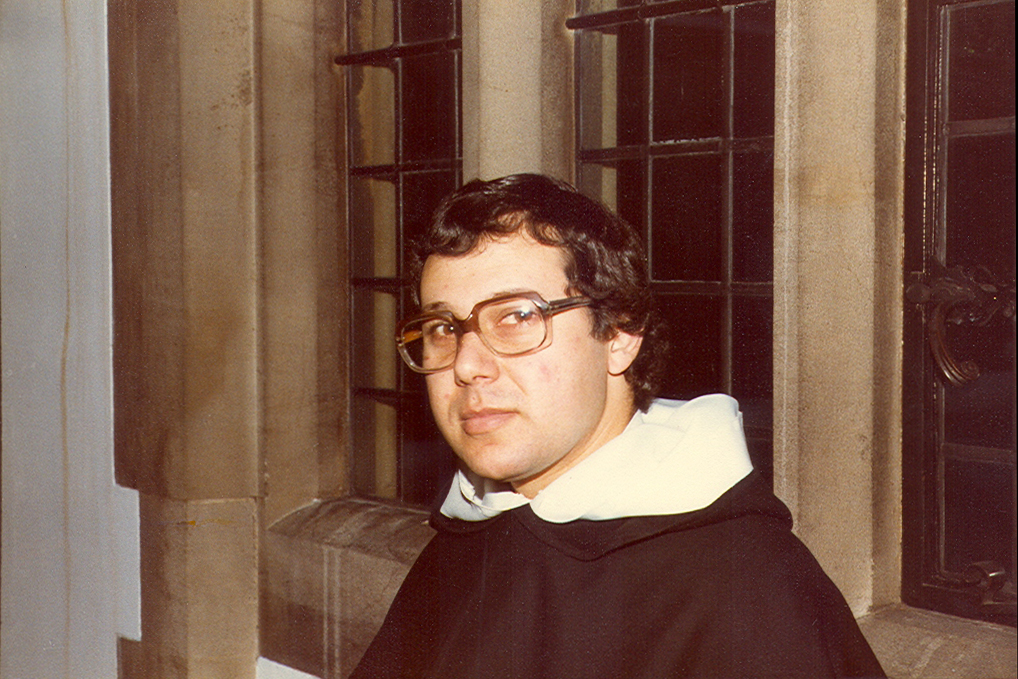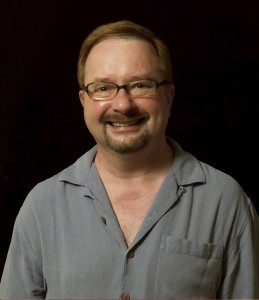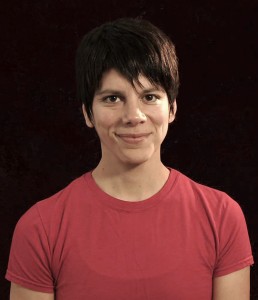The first question any new parent asks… “Is it a boy or a girl?”
But what happens when doctors cannot answer that question?
1 baby in 2,000 is born with genitalia that is so ambiguous that noone can tell if the child is male or female.
“I was amazed to discover just how common intersex conditions are in the world”, the documentary director Grant Lahood says. “Yet it was something I, probably like a lot of people, assumed was incredibly rare. Why is it that none of us know any of the 1 in 2,000 people who might be intersex?”
The award winning filmmaker came to the subject through Mani Bruce Mitchell – New Zealand’s first “out” intersex person. Mitchell is a common sight in Wellington with he/r small goatee beard, which she describes proudly as “my moko”.
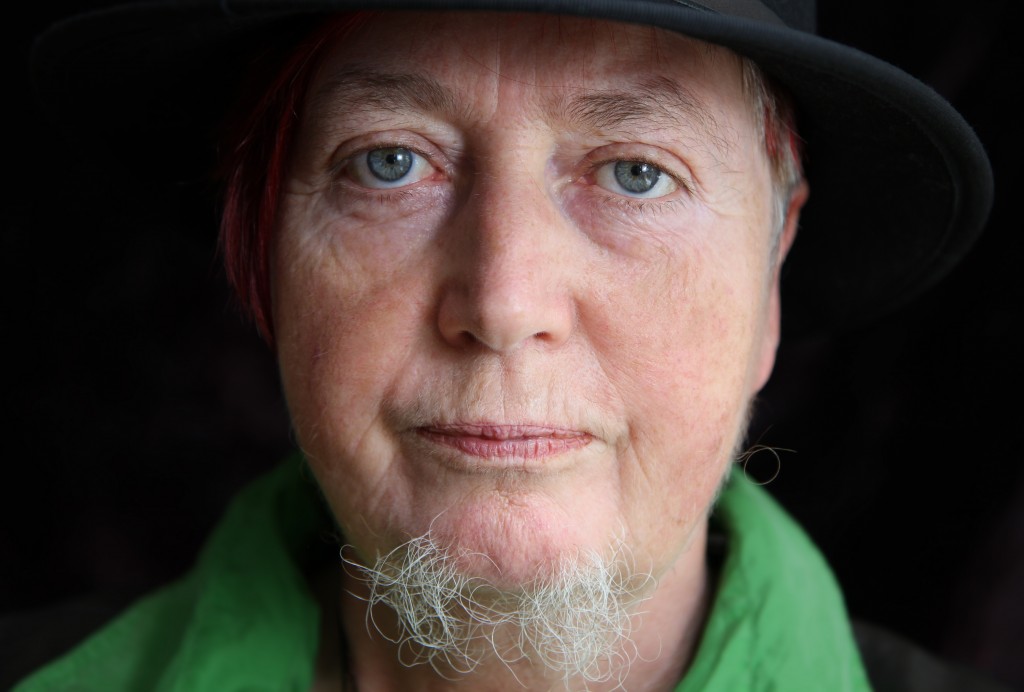
Together Lahood and Mitchell set out to make a film that would de-mystify a variety of conditions that used to be broadly called “hermaphroditism”.
“Intersexion” looks beyond the shame and secrecy that defines many intersex births, and explores how intersex people “with their very different bodies” navigate their way through childhood, adolescence, relationships and adulthood, when they don’t fit the binary model of a solely male and female world.
Because it was almost impossible to find intersex New Zealanders willing to share their stories in public, Lahood and Mani Mitchell looked offshore – and what they found was a group of people who shared very similar experiences irrespective of whether they lived in America, Ireland, Germany, South Africa or Australia.
Ironically though, these individuals were all connected by another New Zealander.
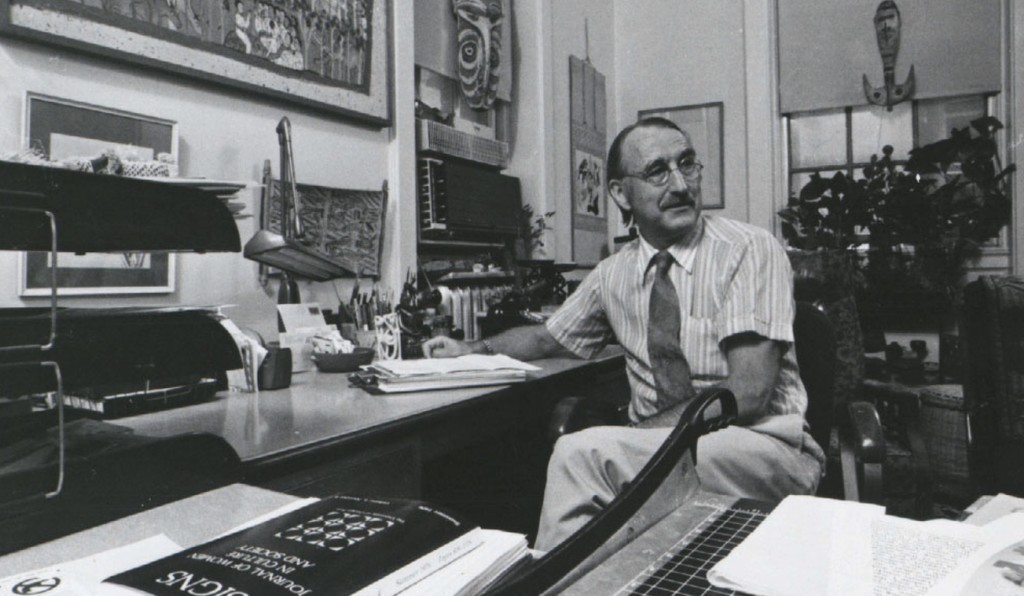
Expatriate sexologist Doctor John Money, of the world renowned Johns Hopkins Medical School in the United States, had a theory that gender was the product of “nurture not nature”. His studies into intersex people led to a particular treatment model for babies born with ambiguous genitalia that became internationally accepted from the 1960’s onwards.
That model used surgery, secrecy, synthetic hormones and gender reinforcement to create what everyone hoped were straight normal boys and girls – the idea being that doctors could produce healthy and happy men and women by intervening early in an intersex child’s life. Usually that meant a family secret that had to be kept at all costs.
But as the documentary shows, human sexual development is never that straight forward.
“Intersexion” follows the personal stories of a variety of people who identify as neither male nor female – including Mani Mitchell’s uniquely New Zealand story.
Mani was christened as a boy in rural King Country but grew up as a girl after surgery to feminize her body. S/he always felt different to her brothers and sister – but it wasn’t until s/he was in her 40s that s/he finally discovered her medical records and the truth of he/r intersex birth.
Now a prominent member of the international intersex community, Mani Mitchell introduces the documentary makers to a cross section of people who, despite years of pain due to secrecy and shame, now identify as being somewhere between male and female and who live their lives across a spectrum of sexual orientations.
There’s Chicago paramedic Lynnell Stephanie Long who has struggled to understand why s/he was different: “I came out so many times. I came out as a straight guy and a gay guy. I came out as a transsexual. I came out as a straight girl. I finally came out as a lesbian – because I was finally comfortable with me.”
South African Sally Gross – the former Roman Catholic priest – kicked out of the church when his intersex condition (and his desire to live as a woman) became known.
And we follow the tragic case of Max Beck – the man who died of a rare vaginal cancer.
Most of the people who feature in this documentary had medical interventions to “fix” their so called problems (always by well meaning doctors and parents) – but some escaped the surgeries to repair and “normalize” their genitals and continue to live as Nature made them.
One of these is Jim Costich, from upstate New York who, despite some physical differences, identified as a man for his entire life. He only recently discovered that he in fact has female XX chromosomes.
“I wasn’t a partially developed male, I was an overdeveloped female, “ he says. “Here I am 44 years old and I find out I’ve got another piece of playground equipment I didn’t know I had. I wasn’t a man missing testicles. I was a man with a vagina!”
Then there’s Hida Viloria of San Francisco who has experienced life as both a man and a woman. Her large clitoris is not an embarrassment – it’s a joyous thing. “Wow, I am doing things here that girls are not supposed to be able to do!”
“Intersexion” is a heart-warming story of a group of people society has never heard about. With a mix of laughter and tears they tell their stories in the most frank and revealing terms.
“Because this is something no-one ever talks about,” director Grant Lahood explains. “Every new parent of an intersex child is faced with a situation which they believe is a rare medical emergency. As one of our interviewees says: ‘intersex isn’t uncommon, it’s just unheard of’.”
Wellington therapist Mani Mitchell agrees. Because of he/r position as a visible intersex person working with families she comes across many parents who struggle to understand what’s best for their newly born intersex child.
“I hope this documentary will show everyone that the ‘shame and secrecy’ model hasn’t worked – and that intersex children can grow up to make informed choices about their own bodies.

